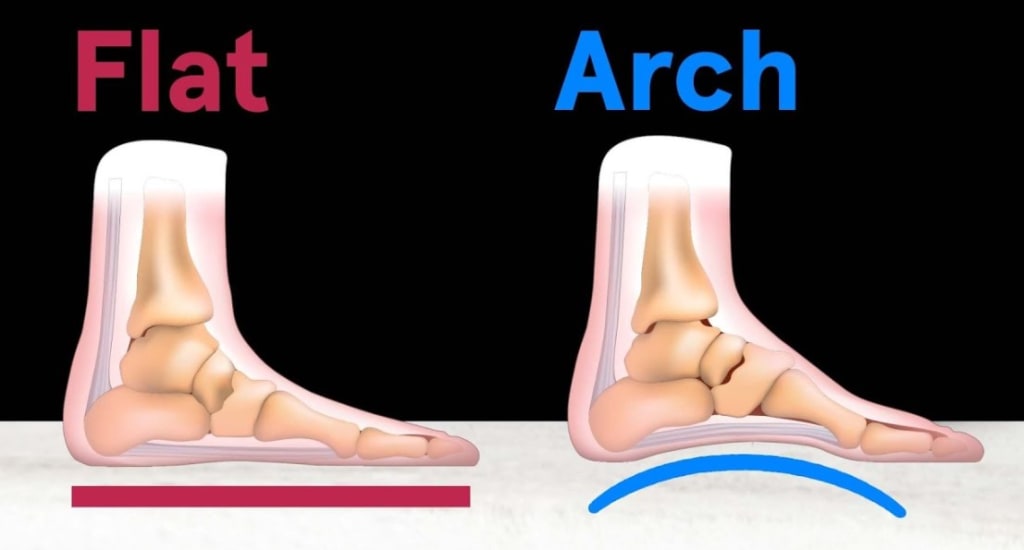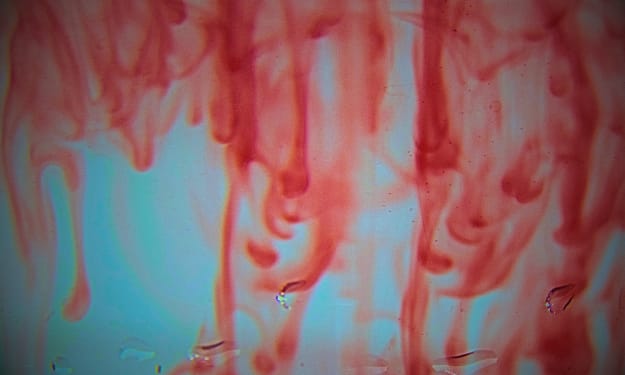From head to toe, every 'Useless' Body Part is Expounded
Body Part

Every part of the body has a reason for being there. We'll look at it from head to toe. A couple of the most exciting parts of the body are often considered useless.
Muscles in the ear Some people can move their ears just a bit because they have muscles that let them. We only have three outside, so these are rare. Muscles in the ear that used to be very important, especially for hearing, are still there. How your dog or cat does, or even how many monkeys do. Our ancestors' ears can move a little when they hear something, but now they don't do that much and are generally considered useless. Vestigial is a word that comes from Latin and means "footprints." So, there are buildings that people thought were like footprints from the past that gave us hints. To what came before, we don't constantly shift our ears in that direction when we hear a sound. Instead, we move our whole head in that direction when we hear a sound. The fact that it's nevertheless hooked up is interesting. Research has shown that when we hear a sound, there is some activity in the parts of the brain that control these muscles.
Plica semilunaris has a straight line on the eye area's side facing the middle. Here is where it is When you look at a dog, a cat, or a reptile, you'll see that they have three eyes instead of two. We have an up and a down, and they have a nictitating membrane that goes from side to side. We believe we don't have it because our closest cousin, the chimp, doesn't have it, and we don't have it either. It's a moistener, and it seems. We don't need that because we already have enough water.
Our third molars are another name for our wisdom teeth. As you can see, they cause a lot of trouble because they bend and twist, and you must go to an oral surgeon to get rid of them. Our food has changed significantly over millions of years as we evolved. The molars are used to grind up leaves and other plant-like foods. We started eating everything, like a monkey, and if you look closely, you can see that the face has moved forward. In the same way that a gorilla's face is flatter than a human's, our faces have become flatter over time. Our back teeth got pushed back, and our back teeth got pushed in.
We got a firm chin that is only found in Homo humans. It makes our species unique, but we're still determining how it came to be. It's a result. It's called a "spandrel," and sometimes, things happen in our bodies that don't have a clear purpose or meaning.
Nipples on Men The shapes of nipples are very important. Even though they are essential for nursing, why do I have a nipple? The male nipple isn't useless; it can be used to get a lot of pleasure. It is in an erogenous zone, and these are not minor details. For instance, dogs and cats have more than one nip. The line where the nipples start to form is called the "nipple line." Nipples can show up anywhere along several lines. For example, someone might have a nipple down in their crotch, which is a bit of a throwback. We sometimes call it "atavism," generally used to describe something that hasn't been passed down for a few generations or a phenomenon that shows up because of a fantastic way that genes have mixed.
We have hair on our bodies, but it's not as thick as on our closest relatives. The main job of hair is to keep the body warm. When our ancestors came from places like forests, it was essential because it helped keep heat in and kept heat out when it got too hot. Our hair fell out. As the weather changed and things moved around on the African plains, our ancestors began to move to the Savannahs. We were starting to walk on two legs, become hunters, and learn to run, and our lack of hair helped us sweat more in our busy lifestyles. We have many more sweat glands than other animals, which helps us keep our body temperatures more stable. A hair on one of our furry cousins served a purpose because babies could hold on to it. We still have that little grasp reflex from when we were babies, which has been linked to that hair. Some parts of apes, especially Apes, lost their hair early on. Like us, chimps and gorillas use their faces to communicate a lot. We keep some hair on top of our heads, private parts, and armpits. The brain must be kept cool, and the hair on top of the head helps cool and protect that area. Because of this, they appear to be kept.
Muscles in the erector pili cause goosebumps. Here's the hair, and here's an erector pili. When stimulated, they tighten, making the hair stand up. This helps the skin react to some threats. When this happened to our ancestors or your cat, the hair on your neck would stand on end. What does that bloating do? It makes you look bigger and's also a way to show off.
Appendix: This part is called the cecum, and this worm-like part is called the appendix. It's useful; it's beneficial because it can be taken out. People used to think the appendix was useless and harmful since it could get bigger. In the last few years, we've learned that the appendix has good bacteria that help the gut when there are problems or diseases.
Coccyx- Our first tail was the coccyx. Here, we can see the spinal column and the last three to five vertebrae that make up the coccyx, which resembles a cuckoo's beak. This is an old, useless building. What makes great apes different from monkeys is that they don't have tails. Our ancestors did not move around like a monkey does. When they swing from tree to tree, they move in different ways. The more these animals began to walk on all fours, the more we had to walk by penalty. The Tails were no longer functional, so they were set aside and became a Vestige. Someone is born with a tail once in a while, but it doesn't happen very often. This is because of an exciting mix of genes.
When you stare in the mirror, you will see your six-pack, which comprises the pyramidalis muscle. I don't have a six-pack anymore, and I've never had one. The name for this is the rectus sheath. Because of how it looks, a muscle is called the pyramidalis. At one time, people thought that it helped support the stomach. We've seen it in many different monkeys, but it's gotten very small, and we're still determining what it does. We might have lost it because we walk on two legs instead of four. Every time we've changed how we move, some muscles have grown, and others have shrunk. A few muscles in the body don't do much anymore and are mostly just there for show. They have become smaller, and their purpose has changed.
A muscle in the leg called the plantaris muscle has stopped chiefly being used. It's become so well-known. The plantaris comes from the femur near the knee and runs down to have its muscle. They are more extensive in the Apes. Some of our muscles have become primarily useless because they have shrunk, and their role has changed.
Feet that aren't arched The foot of human beings have changed in ways that are only useful for walking and running. We use a double Arch method to do this. One arch goes from front to back, called a longitudinal arch. Another arch goes from side to side to use less muscle. This is a single explanation of why a chip or a chimp can't run or copy us. There aren't two arches on them. Their feet appear to be flatter, and now and then, someone is born with flat feet because of their genes. When the Arches go down, the muscles that support them must start to work. So, people with flat feet must pull their arches up with their muscles, which is very expensive. Also, I'll tell you how to hurt your feet. No one ever thought that something like high heels would happen. They are destructive and hurt what Nature has worked for millions of years to make.
There are body ports that don't work as well as they used to, and things we thought were useless but are very useful. Our bodies are the result of our past.
About the Creator
Ian Sankan
I am a writer with proven writing ability in various fields. I consider writing a passionate career and a platform through which I extend my intellectual ability.
Enjoyed the story? Support the Creator.
Subscribe for free to receive all their stories in your feed. You could also pledge your support or give them a one-off tip, letting them know you appreciate their work.






Comments
There are no comments for this story
Be the first to respond and start the conversation.